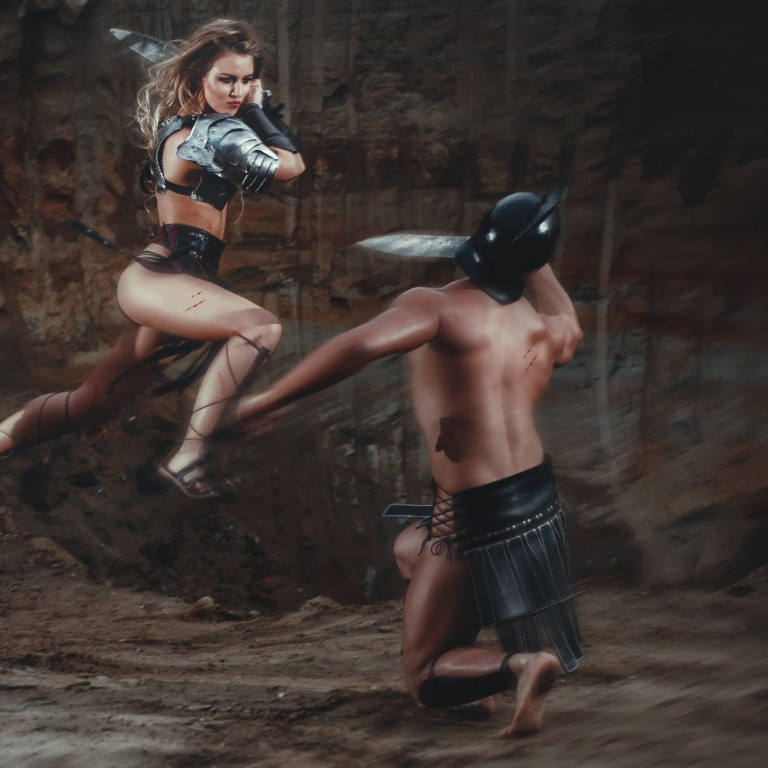
There may be some truth to the existence of Amazons like Wonder Woman after all
Fierce female warriors of the steppe were thought to be myths, or a figment of ancient imaginations. New discoveries might show they were all too real
For a long time, modern scholars believed that the Amazons were little more than a figment of ancient imaginations.
These were the fierce warrior women of Ancient Greek lore who supposedly sparred with Hercules, lived in lesbian matriarchies, and hacked off their breasts so they could fire their arrows better. Homer immortalised them in The Iliad. Eons later, they played a central role in the Wonder Woman comics.
Some historians argued they were probably a propaganda tool created to keep Athenian women in line. Another theory suggested that they may have been beardless men mistaken for women by the Greeks.
Look for more in-depth reading? Check out this story behind a bunch of second-hand World War II love letters
But a growing body of archaeological evidence shows that legends about the horseback-riding, bow-wielding female fighters were almost certainly rooted in reality. Myths about the Amazons’ homosexuality and self-mutilation are still dubious at best, but new research appears to confirm that there really were groups of nomadic women who trained, hunted and battled alongside their male counterparts in the Eurasian steppe.
In a landmark discovery revealed last month, archaeologists unearthed the remains of four female warriors buried with a cache of arrowheads, spears and horse riding equipment in a tomb in Western Russia – right where Ancient Greek stories placed the Amazons.
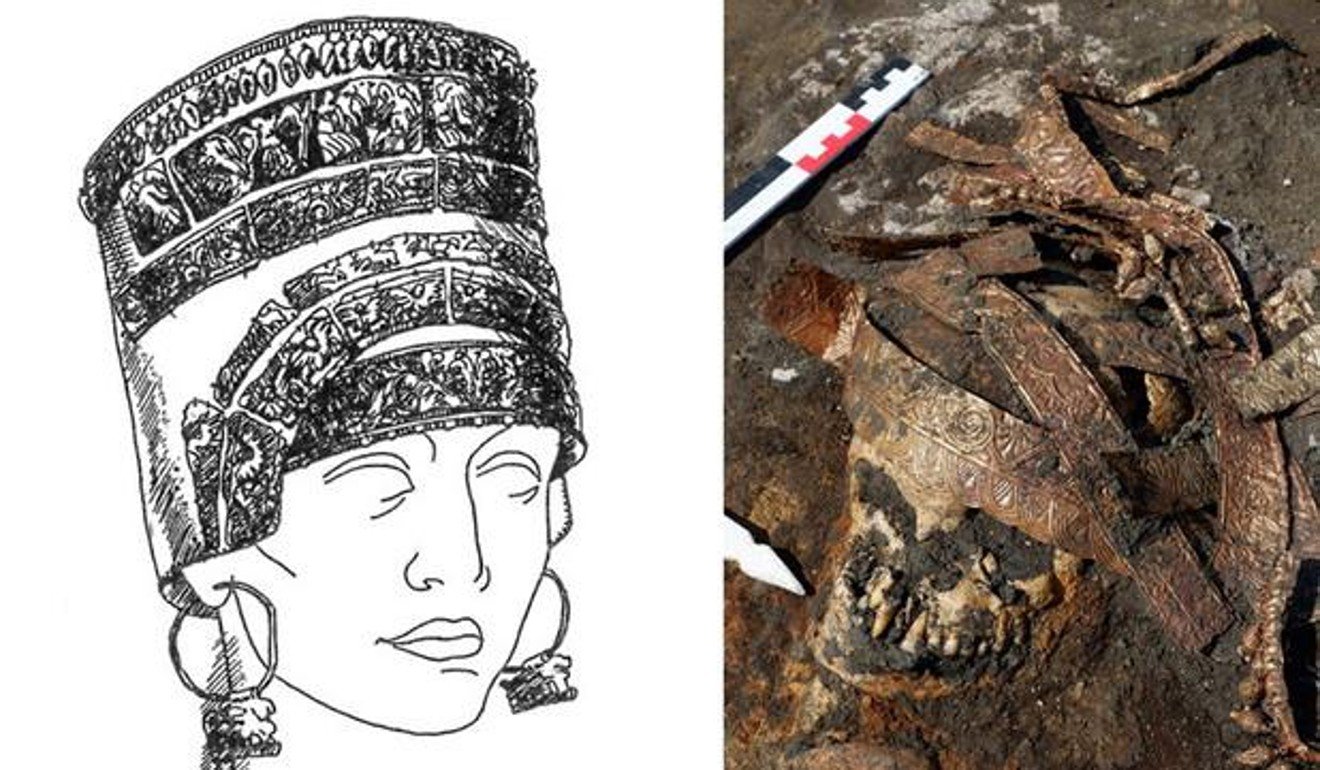
The discovery represents some of the most detailed evidence to date that female warriors weren’t just the stuff of ancient fiction, according to Adrienne Mayor, author of The Amazons: Lives and Legends of Warrior Women Across the Ancient World.
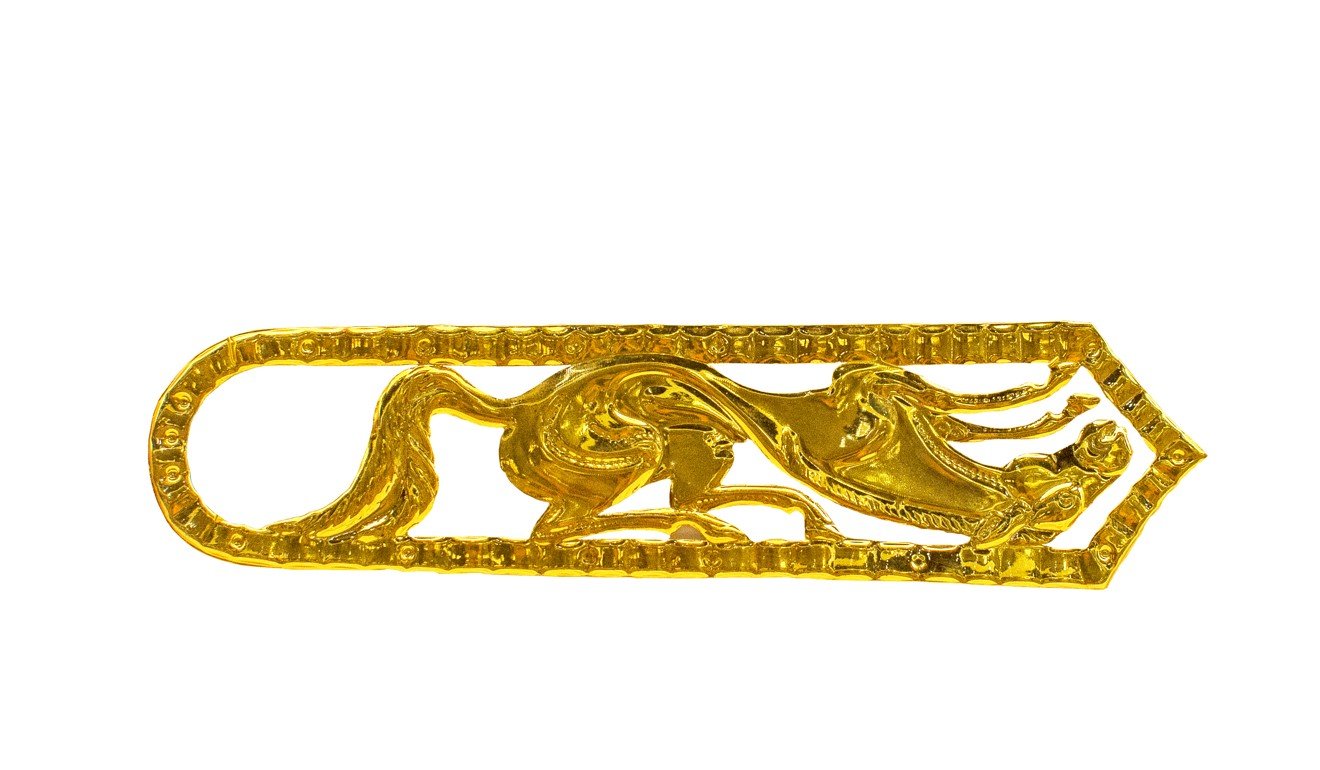
The epic battle to save Florida’s Everglades
Earlier excavations have turned up similar evidence, though not always so well preserved. In 2017, Armenian researchers discovered the remains of a woman in her 20s they said resembled Amazon myths. They found she died from battle injuries. Their report in the International Journal of Osteoarchaeology noted that she had an arrowhead buried in her leg and that her bone and muscle structure indicated she was a horse rider.
The new discovery in Russia marked the first time multiple generations of Scythian women were found buried together, according to the researchers. The youngest of the bodies may have belonged to a girl roughly 12 or 13 years old. Two others were women in their 20s, according to the researchers, and the fourth was between 45 and 50.
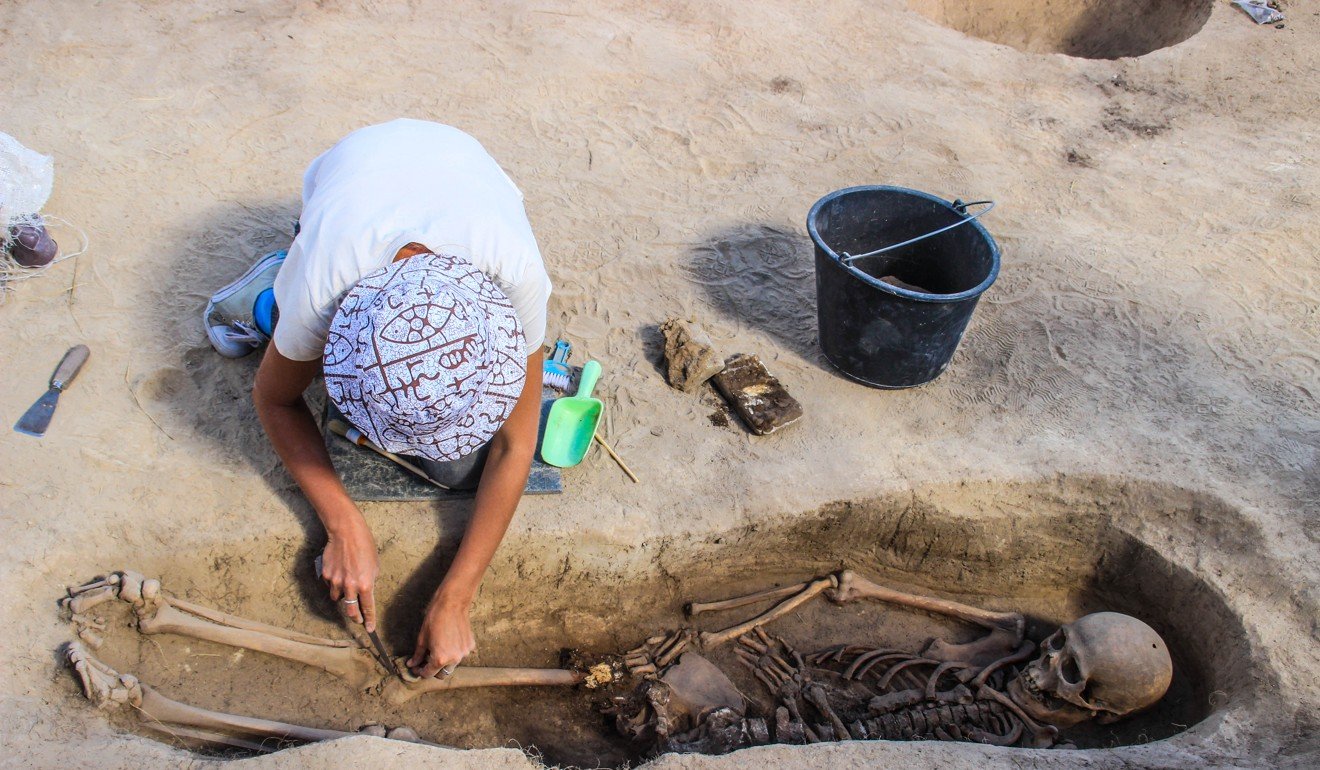
“This was an egalitarian society,” Mayor said. “The fact that you have a range of ages is important because people previously thought that mothers wouldn’t be out fighting because they had children.”
“In these small tribes on the harsh steppes, it makes sense that every single person has to have the same skills and competence to defend the tribe as necessary,” she added. “It confirms that these women really were warriors throughout their lives.”
The discovery also represents first time that such a remarkably well-preserved headdress was found on a warrior woman’s head. According to the researchers, the headdress was 65 to 70 per cent gold – a far higher portion than is often found in Scythian jewellery, which is typically about 30 per cent.
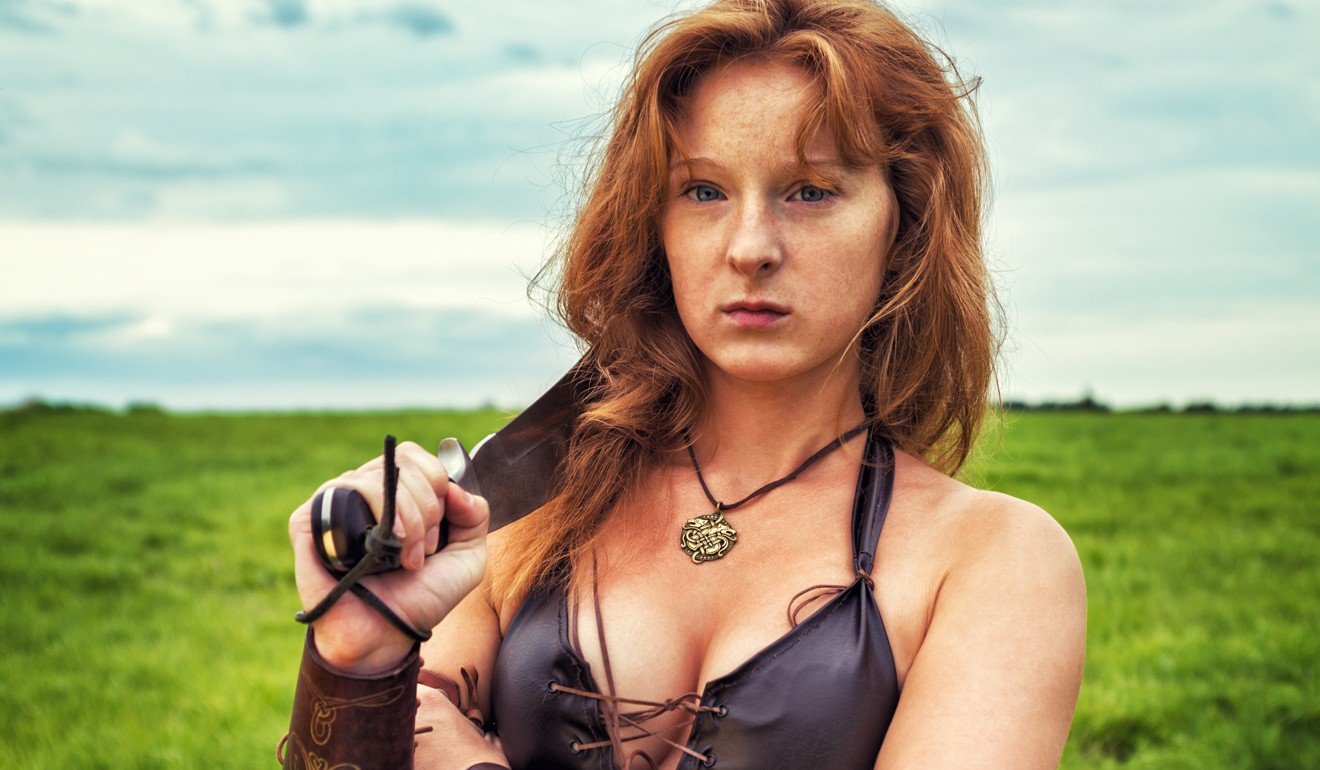
Valerii Guliaev, who led the expedition, called it a “unique find”, and said it underscored how women and men received equal treatment in Scythian society.
“The Amazons are common Scythian phenomenon,” Guliaev said in a statement. “All burial rites which were usually made for men were done for them.”
Mayor said she expects future research to bolster the case about the existence of female warriors. Before the development of DNA testing and bioarcheology, researchers often assumed that any excavated tomb or grave that contained weapons and human remains belonged to a male. But new analysis has already showed that about one-third of armed Scythian skeletons unearthed in such digs were female, she said.
“Just because there are weapons doesn’t mean it was a male burial,” she said. “That assumption has gone out the window.”
This article was curated by Young Post. Better Life is the ultimate resource for enhancing your personal and professional life.

